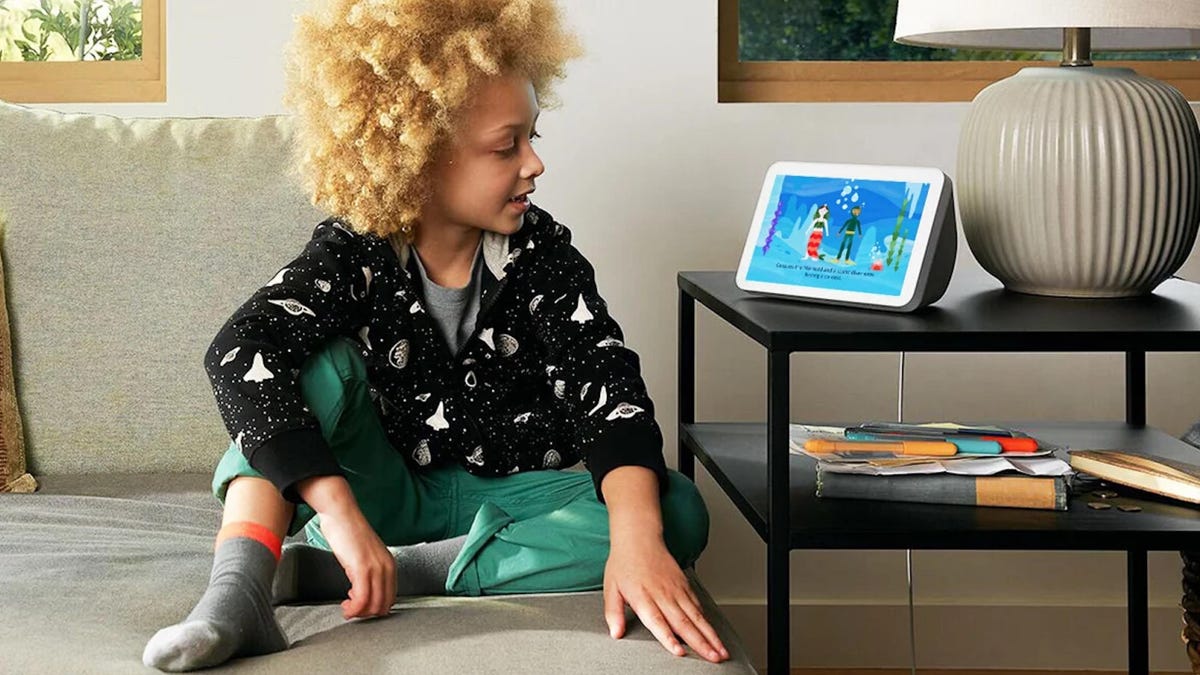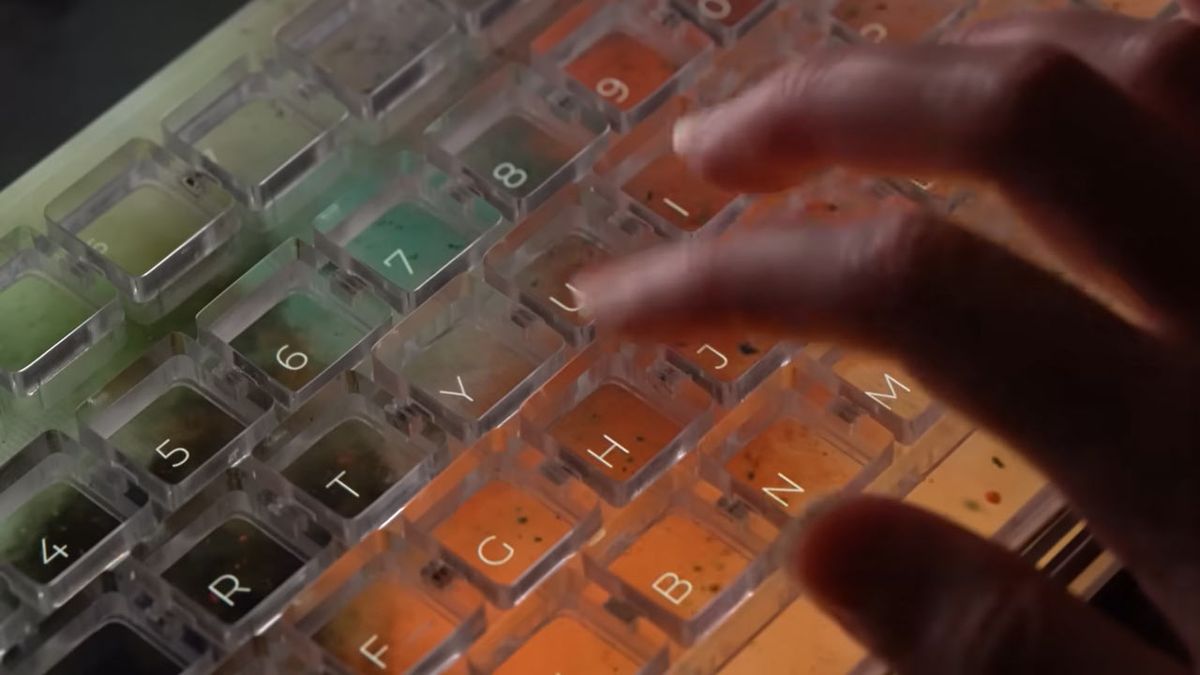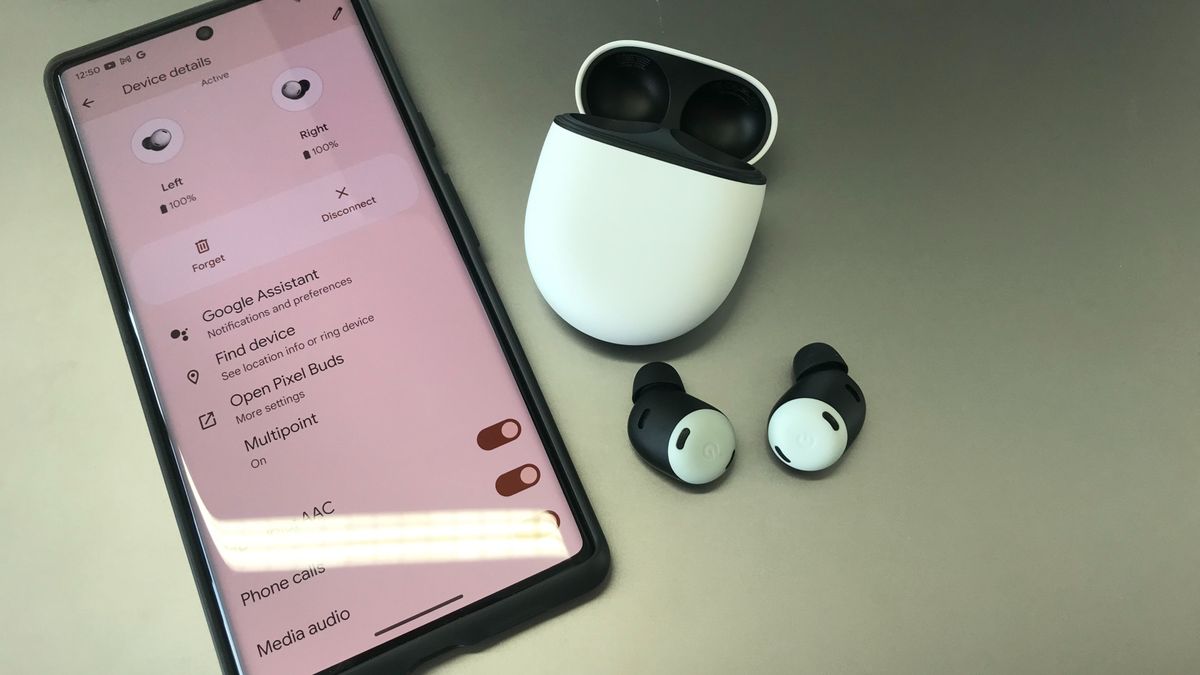Amazon’s AI image generation tool is how it plans to pull children into its hardware ecosystem

Image generation tools like DALL-E, Midjourney, and Stable Diffusion have given anyone the power of artificial intelligence to produce impressive visuals using only text prompts. Now Amazon is harnessing the same content-creation technology through its Alexa devices. But in this case, children ages four to eight are the target audience.
A new tool called Create with Alexa lets kids use Amazon’s Echo Show to develop original stories accompanied by original graphics.
By uttering the phrase, “Alexa, make a story,” a child can now create and save an original short story (up to 10 lines), complete with two-dimensional visuals and music accents. The nature of the story is dictated by the child’s verbal inputs, in which they might articulate a scenery theme, characters, and descriptive adjectives. Each story can be saved for review later, but if the child opts to use the same prompts for future stories, they’ll produce new story results.
The feature, which became available on Nov. 29, requires “verifiable parental consent,” before the child can access its controls.

Creating content with AI is still riddled with uncertainties about provenance and copyright
The art community is still divided over the possible benefits and downsides of generative AI, with some decrying the unauthorized use of non-AI art to train the AI models that produce the often impressive results.
There’s been less debate over the use of internet-posted text to train such AI text generation tools like GPT-3. In the realm of music, still-in-development AI tools like Stability AI’s Dance Diffusion have yet to be widely explored, but are likely to raise some of the same questions as the image and text-based tools.
What is creativity? Amazon is experimenting with the next generation to find out
The people at the forefront of these kinds of AI tools, like Stability AI’s Emad Mostaque, argue that the platforms are ways to “extend your creativity and enable new experiences,” rather than a replacement for human creative endeavors.
But unlike widely used creativity software such as Photoshop, Final Cut, and Microsoft Word, all of which require human ingenuity to produce interesting results, these new AI tools deliver finished products that are improving with every update, thus challenging the very notion of creativity.
Like Mostaque and others, what Amazon’s Create with Alexa is attempting to do is reframe the notion of what is is to be creative, starting with the youngest and most malleable of minds. Whether AI tools like this become crutches for the lazy, or new modes of creation, or perhaps both, is something that will be up to Gen Alpha, who will enter a world in which AI assistance is the norm, not an edge technology that requires rethinking everything they know about creativity.






